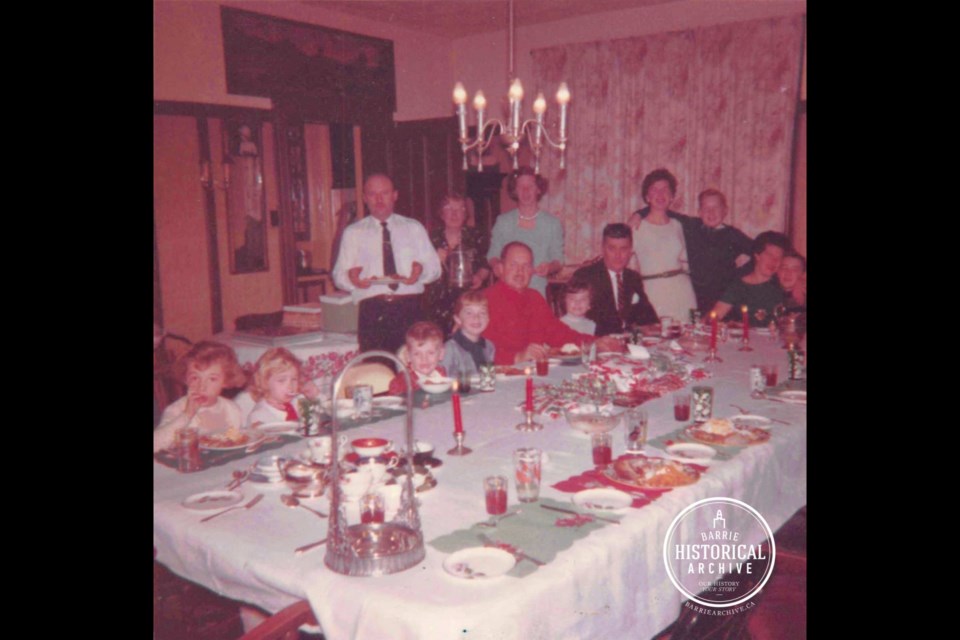I was not quite four years old when I experienced my first Christmas in Canada. We were new immigrants from Scotland, a country where Christmas wasn’t as big a deal as it is today. New Year’s was once the major celebration in that part of the world.
I had a few relatives here. They were family members a great aunt, a war bride from the First World War who had started my parents thinking about immigration in the first place.
Those relatives were scandalized that my parents had no intentions of celebrating Christmas that first year — if ever — so they went straight back to their Toronto homes, gathered up what extra Christmas decorations they had and returned to us with them, plus a small Christmas tree. Children had to have Christmas, they said.
Strands of tinsel, highly fragile glass balls for the tree, strings of lights, metallic garland and my favourite – a bubbler which was almost like a tiny lava lamp that became active after being heated for a while by the Christmas light bulb it was attached to.
Just the thought of those late 1960s vintage Christmas decorations reminds me of that very special Christmas magic feeling that I think only small children can feel, and only for a short time.
What children don’t generally worry about is the safety of the pretty Christmas decorations. I believe that these second-hand ornaments we received so many years ago were safe enough, but relatively harmless decorations were a long time coming.
The tradition of the Christmas tree was strong in the Germanic parts of Europe for centuries and it travelled to North America with immigrants from that region as far back as the 1600s or 1700s. It was only locally popular in those communities until interest exploded in the UK after Queen Victoria married her German prince, Albert of Saxe-Coburg and Gotha.
After the Christmas tree, and all its decorations, became the in thing with the royal couple, everybody wanted to be just like them so the fad took off in Britain and in just about every part of the Commonwealth.
The royal Christmas tree would have been adorned with hand-blown glass ornaments, also a product of Germany and its neighbours. These originals, in the shape of balls, fruit or nuts, were blown into moulds and then the interior was painted silver with a mixture of mercury or lead.
All kinds of hazards were associated with Christmas tree decorating. The tree itself dried out, creating excellent burn material, and then it was covered in paper snowflakes, popcorn strings and cotton wool to simulate snow. The addition of lit candles was asking for trouble.
The introduction of electric Christmas lights definitely improved the situation but other inventions such as highly flammable pyroxylin (cellulose) plastic decorations were quite dangerous. Later still, asbestos-based decorations and lead tinsel were offered as good alternatives.
Soon, holiday decorating was no longer confined to the interior of the home. There was great demand for outdoor quality Christmas lights as families wanted to light up the front of their house and display their Christmas spirit to all passersby.
Years ago, the City of Barrie itself shied away from the mass lighting up of the town, as some communities were doing, calling it “over the top” and a bit too much of a “carnival” atmosphere. Instead, they encouraged individual householders to go all out.
In fact, Barrie ran a successful Christmas Home Decorating Contest, sponsored by the Barrie Horticultural Society, to encourage bright displays. Each year, an overall winner was announced, along with three winners from each city ward, in the Barrie Examiner.
The prizes were gift packages from Thomas Electric, of 128 Brock St., who would no doubt be pleased if these winners bought a few pieces from him to make their Christmas display even more spectacular next year.



